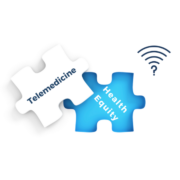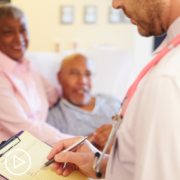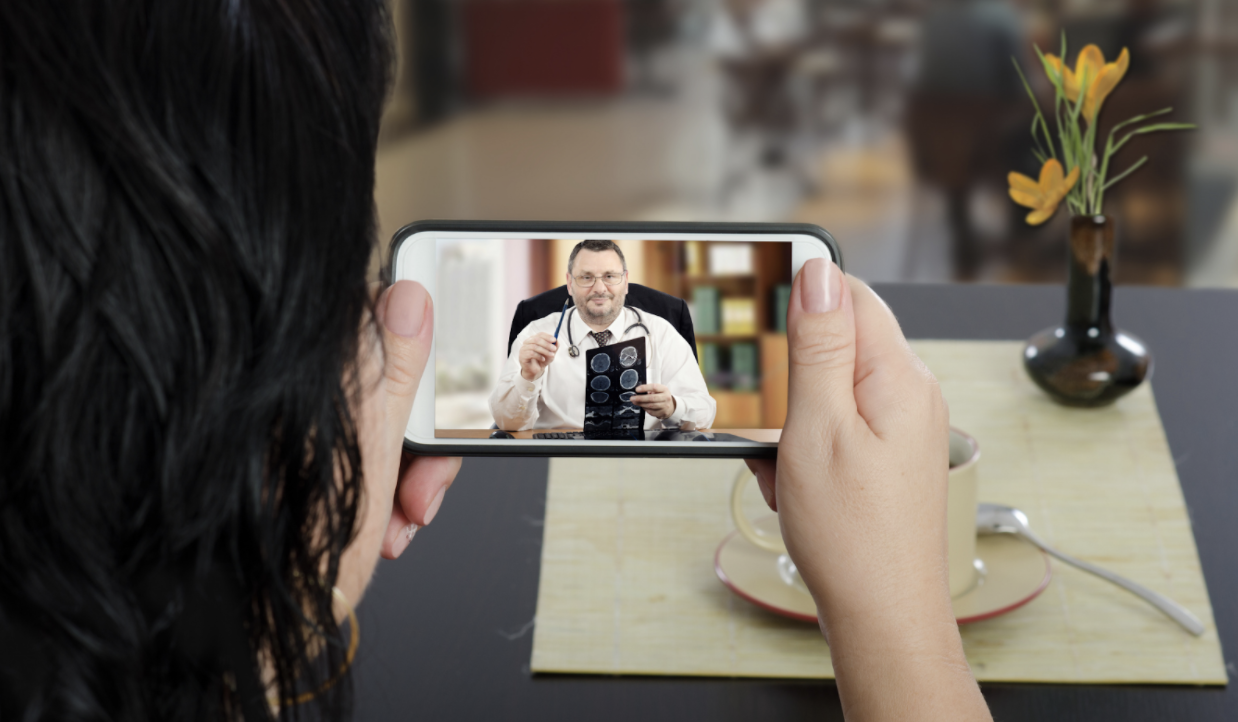How Can We Address Noted Disparities in Multiple Myeloma?
How Can We Address Noted Disparities in Multiple Myeloma? from Patient Empowerment Network on Vimeo.
What can patients and healthcare providers do to improve health disparities for myeloma patients? Expert Dr. Joseph Mikhael explains the communities that need more outreach about myeloma and those he views as vital to educating about myeloma risk and symptoms for earlier diagnosis and better health outcomes.
See More From the Myeloma TelemEDucation Empowerment Resource Center
Related Resources:

How Can Myeloma Patients Take Disease Ownership and Connect With Resources? |

|

Will Telemedicine Be a Mainstay for Myeloma Patients After the Pandemic? |
Transcript:
Dr. Joseph Mikhael:
Well, I have to tell you, this is a very personal issue for me, disparities in multiple myeloma, and I have the privilege of being involved in many programs and platforms to try and address this. And like with any major consideration, there isn’t a simple solution, it is going to take a multi-fold solution that has many parts. The first part that I think is critical is engagement of our communities, whether it is the Black community, the Hispanic community, even though in more rural areas or patients uninsured, we really require a kind of an engagement that’s real to build trust, to build confidence, this is stemmed from years of mistrust and understandably, so that we have to re-build.
I try to do that personally in my practice, but advocate for it on a larger sphere. Secondly, I want to empower my patients to learn and for communities to learn, whether someone has myeloma might have my load or as already myeloma, and I don’t have it might have it, or do you have it? Those patients need to be educated about myeloma so that they can understand who’s at risk and facilitate a more early and a more accurate diagnosis. Thirdly, I believe very much so, in educating the primary care world, the majority of patients with myeloma are still diagnosed by a primary care physician. They may ultimately see a hematologist-oncologist to confirm that, but the suspicion comes at the primary care level. And so I’m involved in multiple programs to educate primary care docs to think about myeloma, as I like to say, “If you don’t take a temperature, a patient won’t have a fever, you need to look for it.” And so if there are certain signs or symptoms that may include bone pain, significant fatigue, signs that we see like protein in the urine or a low hemoglobin or kidney dysfunction, these things need to push us to look for multiple myeloma. And then lastly, to look at disparity as an important area of work across the whole board that we need to better access to have better access for clinical trials and for the therapies that we know will benefit our patients, and that’s on us as physicians. But it’s also on the community at large, our regulators, our insurance companies.
Those are the kinds of things that I’m working on so that we can make a long-standing difference and really start to reduce this currently awful disparity in multiple myeloma.
















